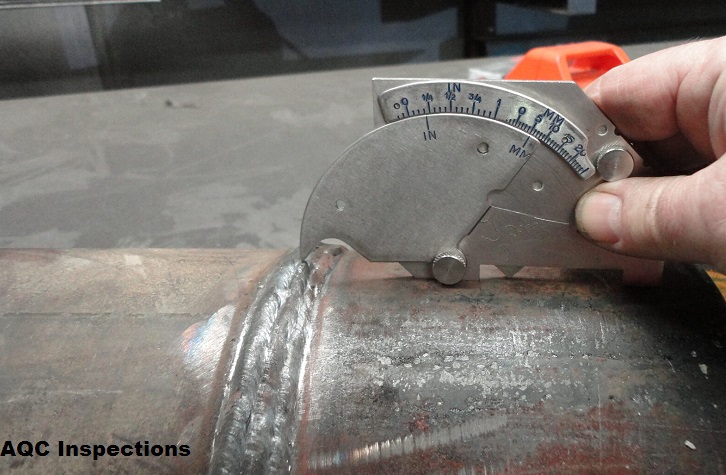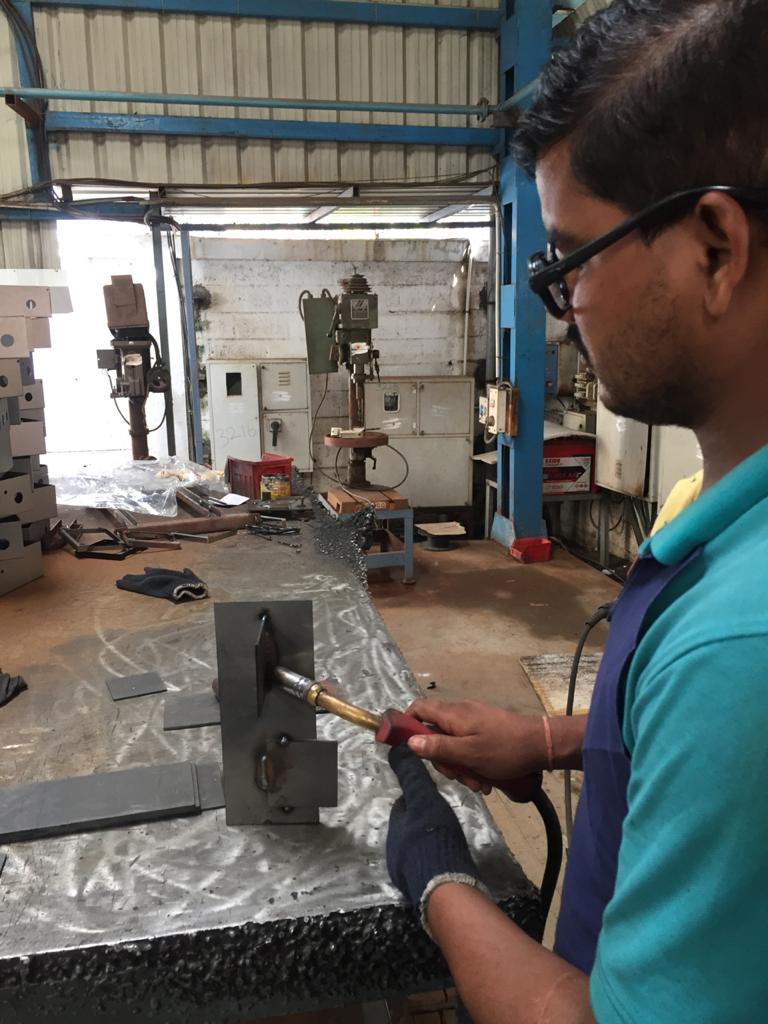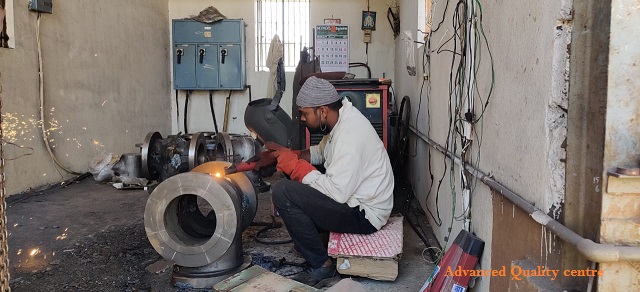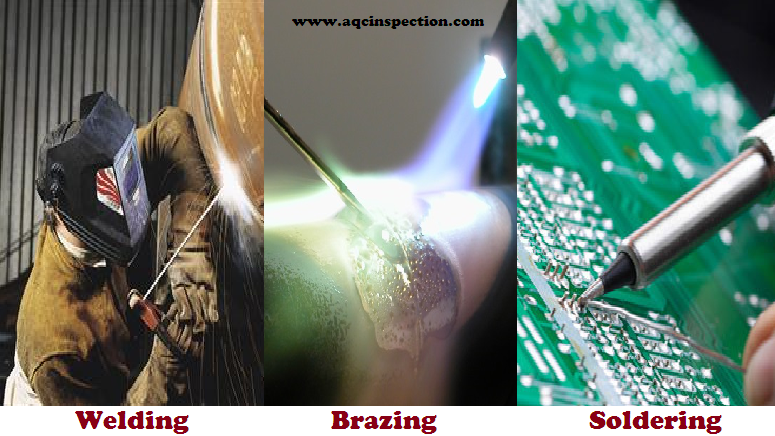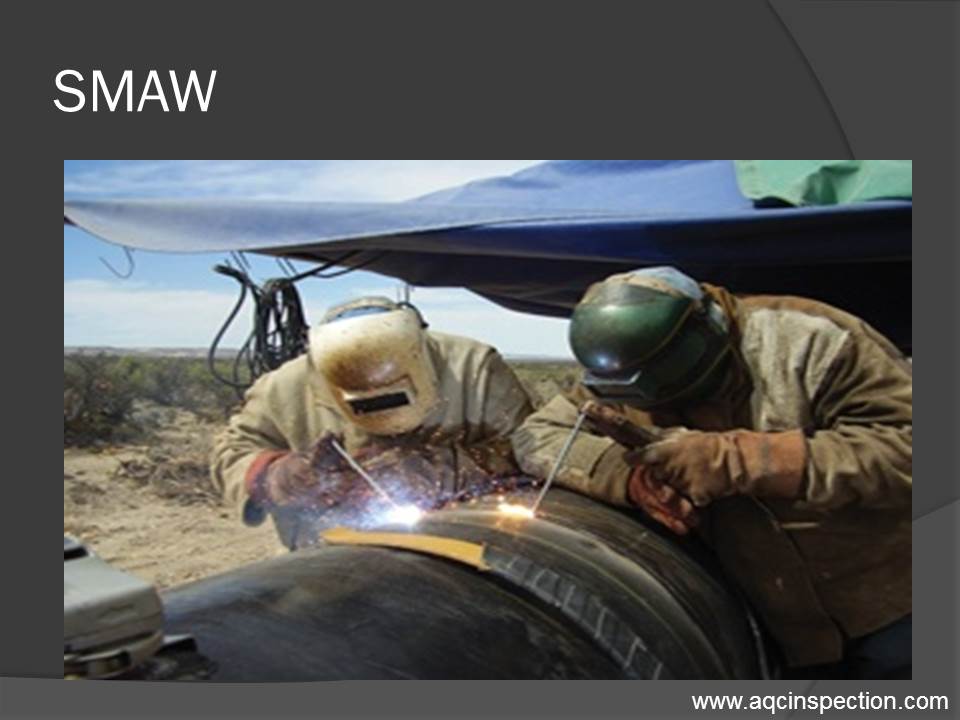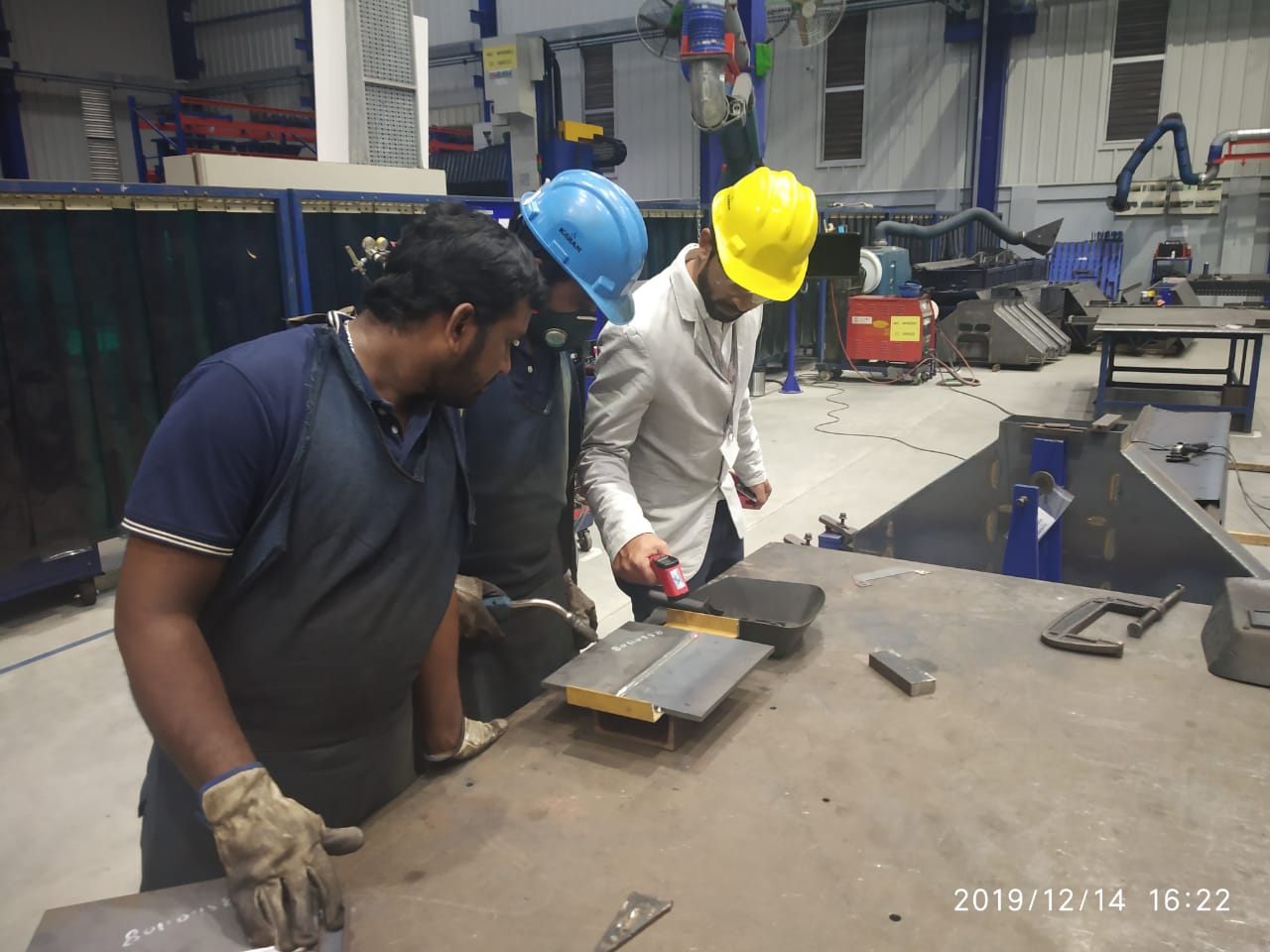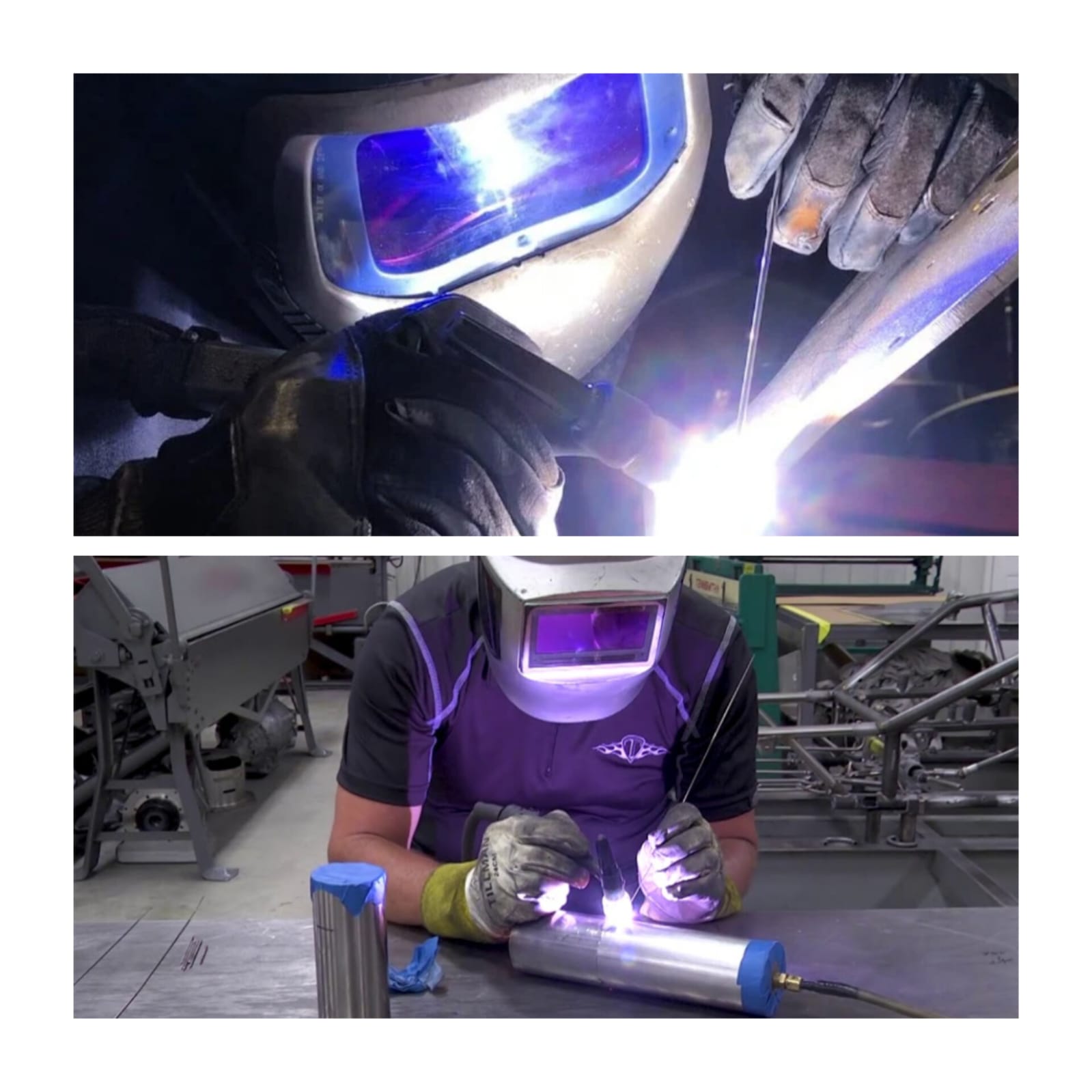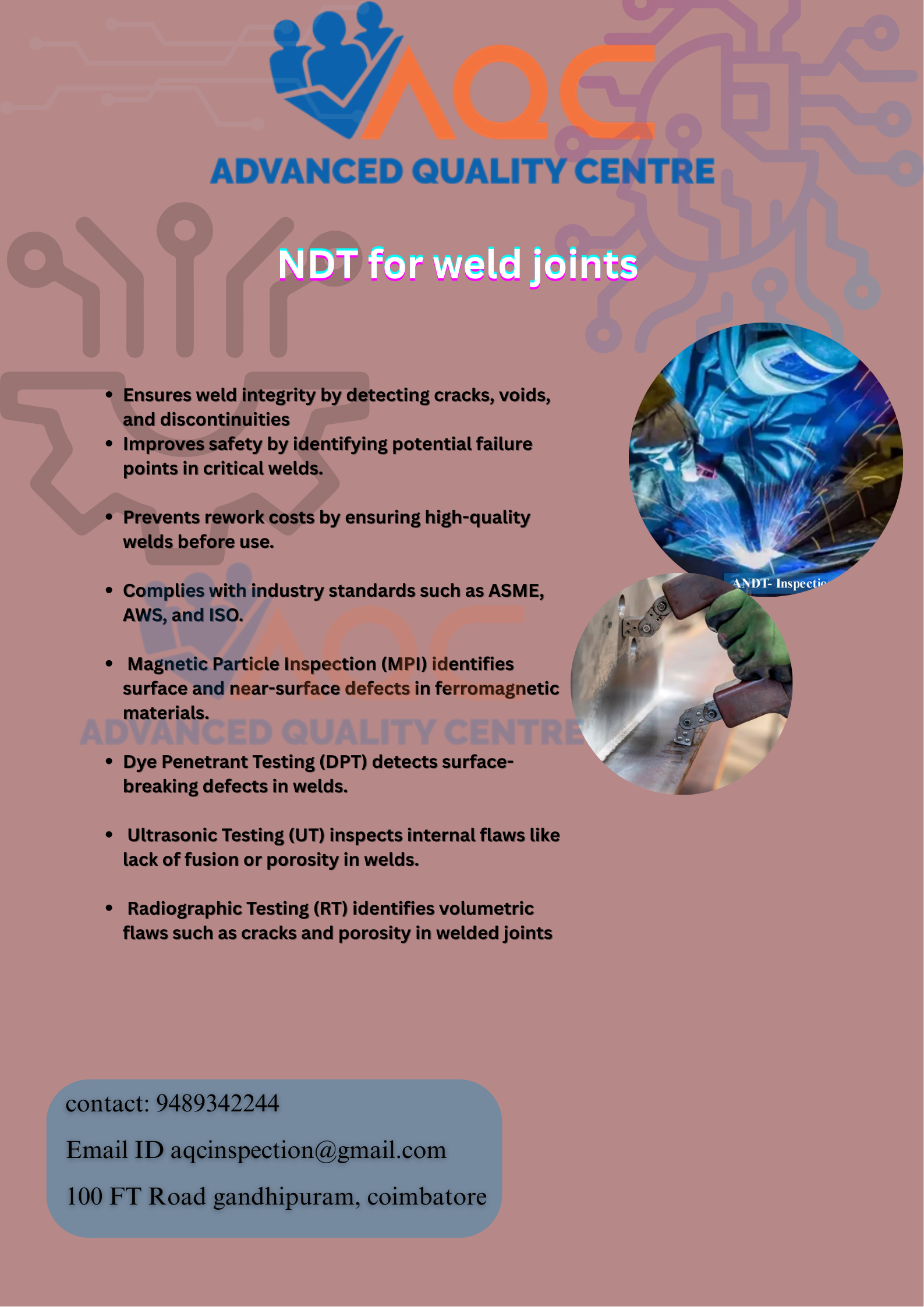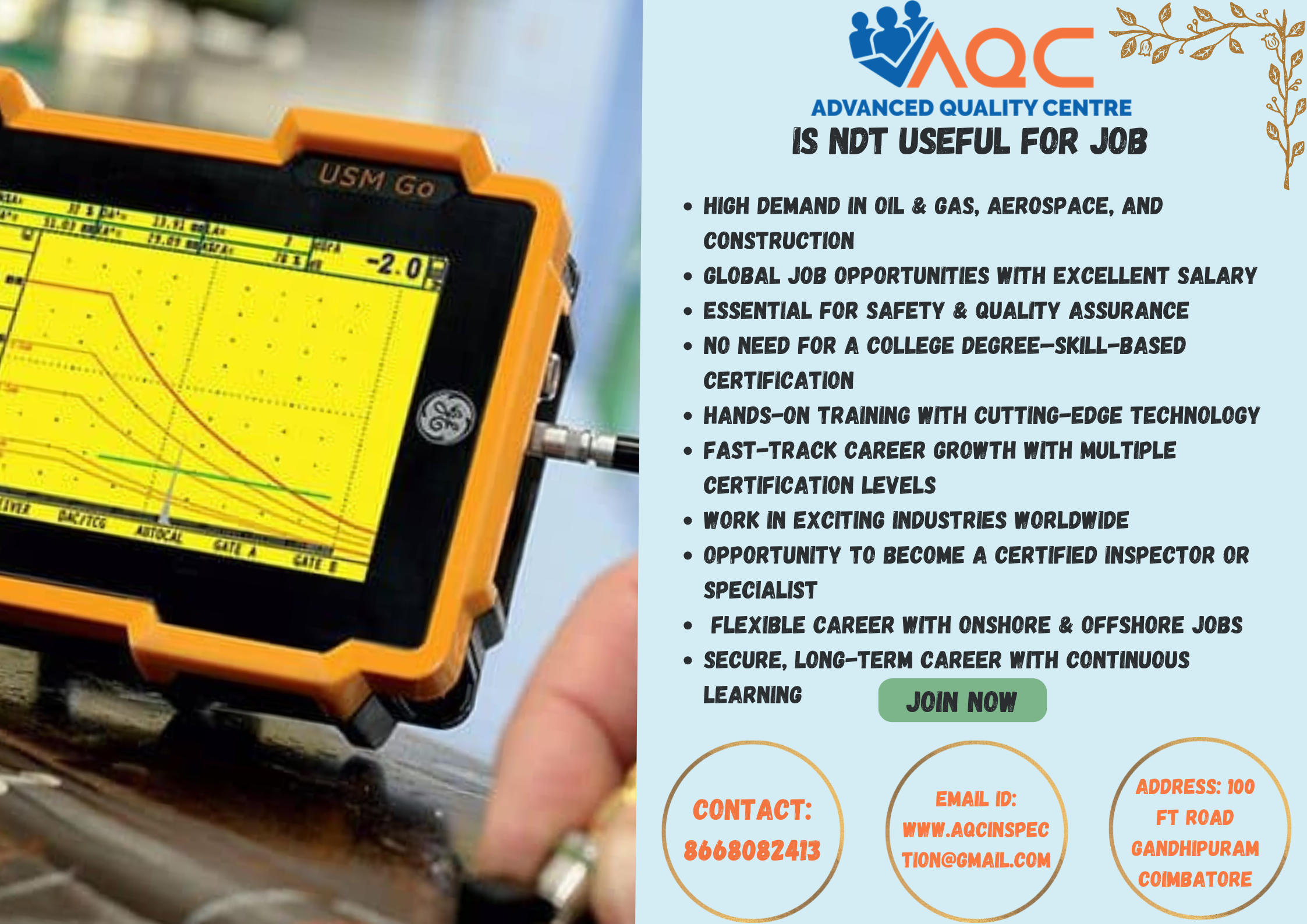blogs
blogs
blogs
Weld Position- Fillet Welds
Fillet Weld Positions The advantage of the fillet-welded joint is that it’s unnecessary to prepare the edges of the plates or sheets for welding. Double fillet-welded joints are an improvement over single-fillet joints because they can withstand loads from more than one direction. Three of the…blogs
STANDARDS FOR WELDING POSITIONS
Standards for Welding Positions: It is very important for the Weld Inspector to know the position, or location of a joint relative to the horizon, because it may determine what welding process, methods, and techniques can be used. Welding is usually easiest when the welder can…blogs
Types of Welding
Types of Welding Welding process involves joining of two metals and sometimes non-metals such as plastic There are many different types of weld, as below: Arc welding Atomic Hydrogen Welding ( AHW) Bare Metal Arc Welding (BMAW) Carbon Arc Welding (CAW) CAW-G—– Gas CAW-S—-Shielded CAW-T—–Twin Electro Gas Welding (EGW) …blogs
What are the tasks to be considered during Welding Operations?
TASKS DURING WELDING OPERATIONS Welding inspection during welding operations should include all the audit parameters to verify that the welding is performed to the procedures. Such tasks may include the following: Quality Assurance Establish a quality assurance and quality control team with the welding organization. Quality control items to assess: …blogs
